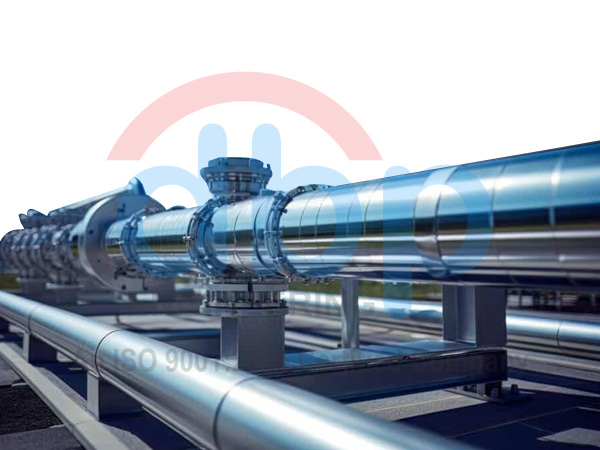
DBP Engineering specializes in designing and constructing oil and natural gas pipelines. Oil pipelines are typically made from steel or plastic tubes that are buried underground for transportation. Pump stations are strategically placed along the pipeline to facilitate the movement of oil through the pipes. On the other hand, natural gas pipelines are constructed using carbon steel and are designed to transport pressurized natural gas or natural gas liquids (NGLs). Trust DBP Engineering for reliable and efficient oil and natural gas pipeline solutions tailored to meet your specific needs.
DBP Engineering specializes in designing and constructing oil and natural gas pipelines. Oil pipelines are typically made from steel or plastic tubes that are buried underground for transportation. Pump stations are strategically placed along the pipeline to facilitate the movement of oil through the pipes. On the other hand, natural gas pipelines are constructed using carbon steel and are designed to transport pressurized natural gas or natural gas liquids (NGLs). Trust DBP Engineering for reliable and efficient oil and natural gas pipeline solutions tailored to meet your specific needs.
There are two main categories of pipelines used to transport energy products: petroleum pipelines and natural gas pipelines.
Petroleum pipelines - oil or natural gas liquids, and there are three main types of petroleum pipelines involved in this process: gathering systems, crude oil pipeline systems, and refined products pipelines systems. The gathering pipeline systems gather the crude oil or natural gas liquid from the production wells. It is then transported with the crude oil pipeline system to a refinery. Once the petroleum is refined into products such as gasoline or kerosene, it is transported via the refined products pipeline systems to storage or distribution stations.
Natural gas pipelines - natural gas from stationary facilities such as gas wells or import/export facilities, and delivers to a variety of locations, such as homes or directly to other export facilities. This process also involves three different types of pipelines: gathering systems, transmission systems, and distribution systems. Similar to the petroleum gathering systems, the natural gas gathering pipeline system gathers the raw material from production wells. It is then transported with large lines of transmission pipelines that move natural gas from facilities to ports, refiners, and cities across the country. Lastly, the distribution systems consist of a network that distributes the product to homes and businesses. The two types of distribution systems are the main distribution line, which are larger lines that move products close to cities, and the service distribution lines, which are smaller lines that connect main lines into homes and businesses.
Copyright 2025 DBP Engineering Works Pvt Ltd. All Rights Reserved. | Powered By Disha Infotech